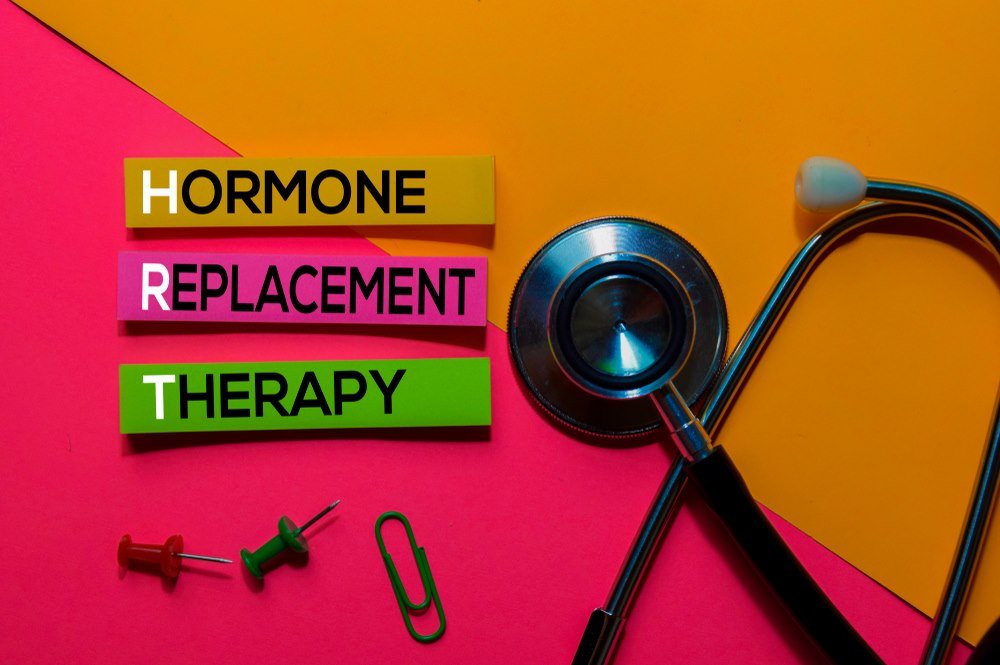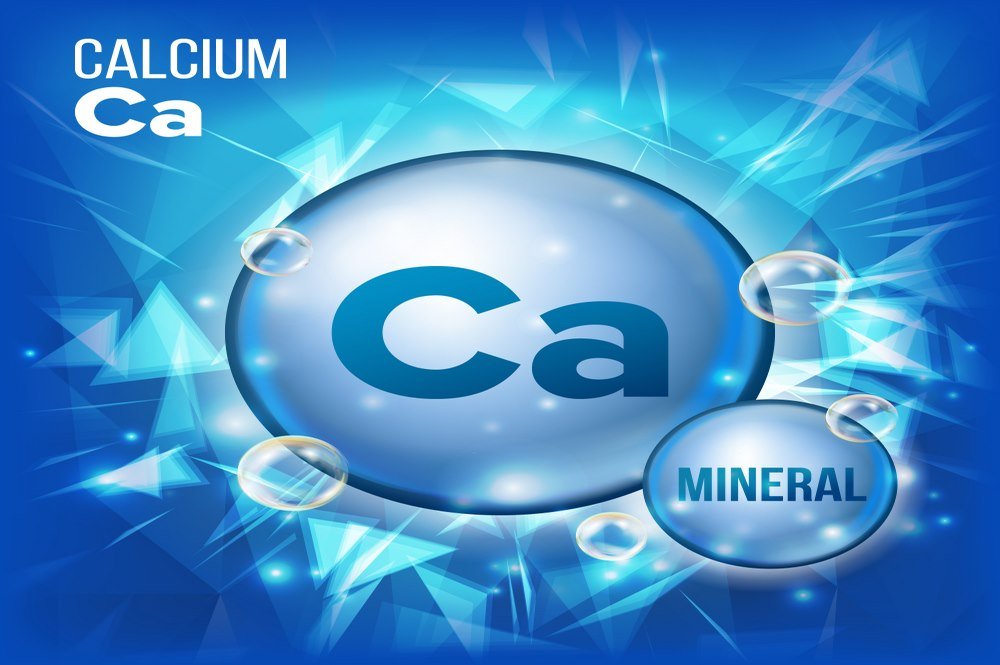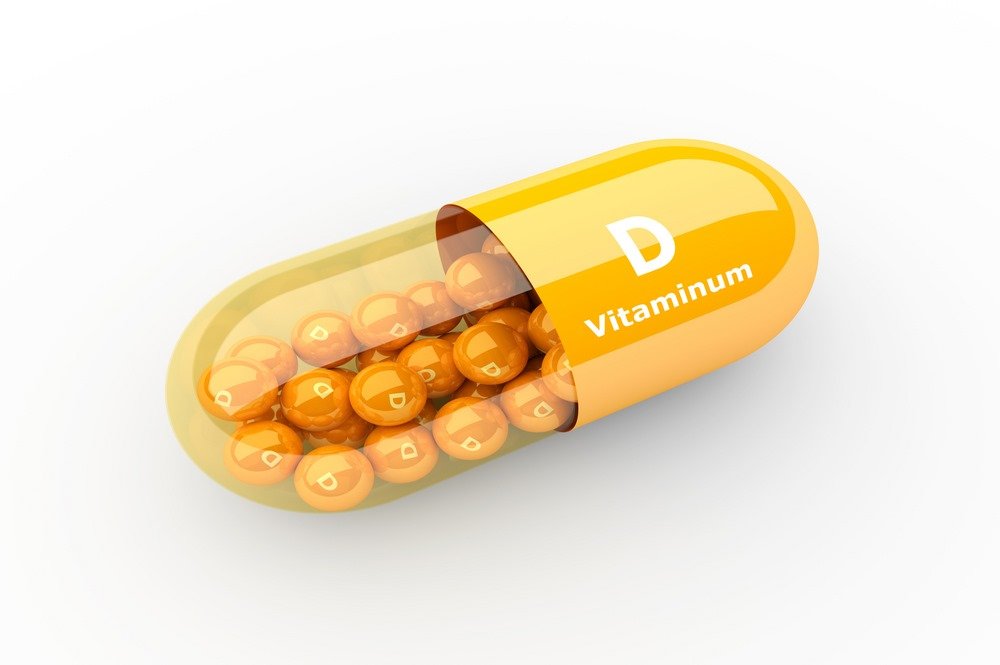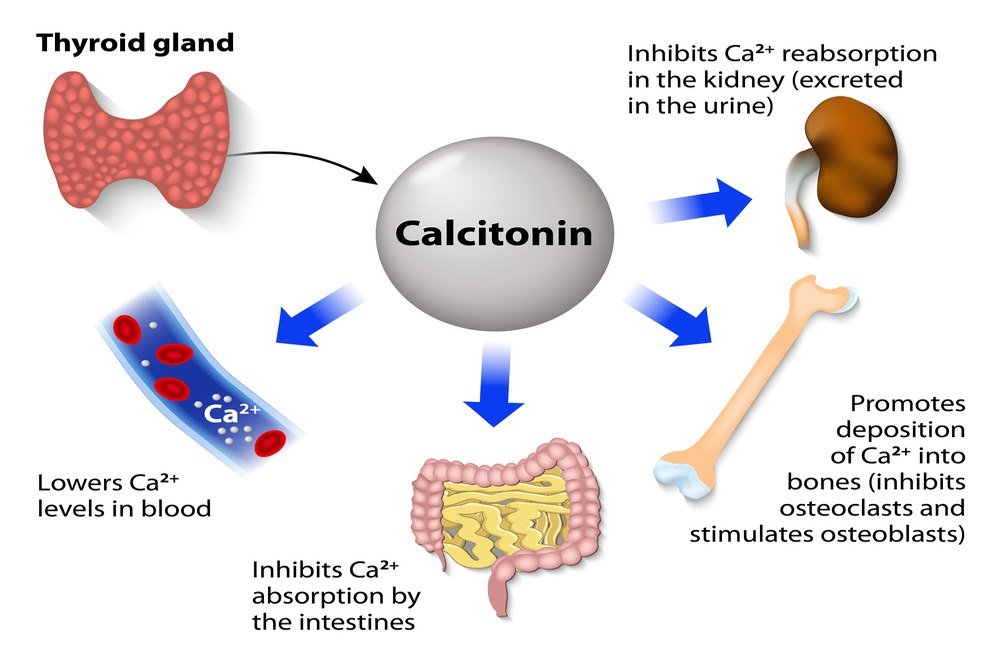Hormone Replacement Therapy

Women undergoing menopause may experience symptoms of hot flushes, and osteoporosis. To avoid these side effects of menopausal decline in estrogen secretion, some women may opt for hormone replacement. This procedure replaces the diminished endogenous estrogen with exogenous hormones. This estrogen can have a positive effect on bone homeostasis.
It is, however, not a favored line of therapy for osteoporosis, as there has been an associated risk of breast and ovarian cancer. Among other complications is, increased blood density, which may precipitate clot formation and heart problems.
Calcium Supplements

Calcium being the most important mineral in bones, is essential to maintain to fight osteoporotic fractures. Maintaining a good level of calcium in children helps in attaining good peak bone value in later stages of growth and hence, prevents the risk of osteoporosis. A number of food products can be a rich source of calcium, but to meet the required daily calcium intake of approximately 700 mg, osteoporotic patients might be recommended supplements. These supplements are available as effervescent tablets for instant use. There is a slight risk to the kidneys and heart with calcium supplements.
Vitamin D Supplements

Particularly in senile osteoporosis, or in scenarios of restricted daylight exposure, vitamin D becomes essential to be added via supplements. Pregnant and breastfeeding women also have a greater requirement for vitamin D. 10 micrograms of vitamin D are required daily that can be taken via oral supplements. Monthly injections are also available.
Testosterone Therapy

Testosterone is the hormone responsible for bone growth in young age and puberty. If the levels of testosterone decline with age or in obese adults, it may have a negative effect on bone mineralization. In this regard, one treatment option available is testosterone replacement therapy. To recover the levels of testosterone, exogenous supplies are used. According to reports, [9] there has been significant improvement in the bone health indices after a 6-month treatment program. The results assert the role of androgens in the development and maintenance of bone structure.
Calcitonin

Bone mineralization can be enhanced and bone resorption by osteoclasts can be diminished by giving exogenous calcitonin. Although not a first line of therapy, it has proved to be effective. Calcitonin derived from salmon is commonly used due to better tolerance in humans and greater efficacy. Long term treatment plans have resulted [10] in a lowered risk for vertebral fractures primarily. Other fracture risk is minimally affected. Calcitonin binds to its receptors to enhance calcium deposition in the bone matrix and reduce the bone resorption activity.
Physiotherapy

Aside from pharmacological intervention bone health can also be promoted with lifestyle changes. Rather lifestyle adjustments are the primary line of treatment in people with a low risk of osteoporosis. It involves educating the risk patients to maintain a good posture, ensure adequate mobility, flexibility in the limbs, and maintain the functional ability of the bones.
Educating patients about the possible risk factors and motivating them to limit the modifiable risk factors, is also an important step in the treatment.
